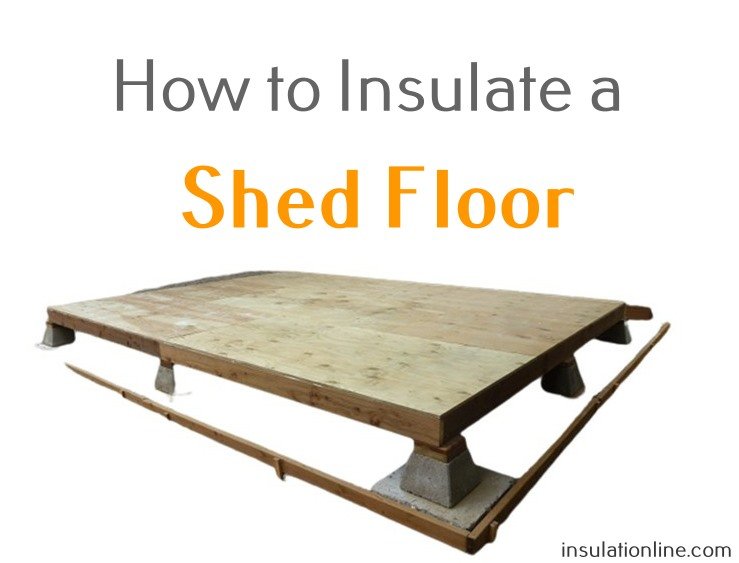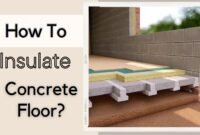Insulating the floor of your shed building is crucial for maintaining a comfortable temperature throughout the year. A tape measure is an essential tool to measure and cut insulation materials accurately. This guide provides detailed instructions on how to insulate a shed floor, ensuring that each step is executed with precision for optimal insulation.
Do You Need to Insulate a Shed Floor?
So, let’s start with a question that you’re most likely to have right now: is it really important to insulate the floor of your shed? The answer is yes. Insulating your shed will result in a warm building because you provide a way for the structure to retain heat better. This also provides an energy-efficient benefit to maintaining the shed.
It’s important to remember that shed floor insulation will decrease the internal height of the structure. Using a tape measure to accurately gauge the space is essential.
Regardless of the insulation material type you choose, it will be layered above the existing floor, so precise measurements are crucial for a snug fit and effective insulation.
Read also: Pros and Cons of Insulation between Floors?
The insulation project is still worth doing, especially if you live in the northern areas where the cold winter months can be harsh.

Several recommended materials make effective insulation with a thin layer. Some examples are plywood or OSB. What material would make the best choice for your shed depends on your budget.
How to Insulate a Floor from The Top
Insulating a shed floor from the top is generally the most practical method. This guide will focus on using rigid foam insulation, but you can choose any type of insulation, such as fiberglass. Accurate measurements with a tape measure are key to ensuring the insulation fits perfectly and provides the best thermal protection for your shed.
Here are the steps on how to insulate a shed floor from the top:
- Begin by removing the shed’s subfloor. This will be the most labor-intensive part of the installation for an existing shed, as it involves moving everything inside the building. Using a tape measure to determine the dimensions of the area to be insulated is crucial for ensuring that the insulation fits properly and provides effective thermal protection.
- Prepare wood blocks to be placed underneath each space between the floor joists, ensuring the rigid foam insulation doesn’t fall out. This step is crucial for stability and effectiveness. Accurately measuring the spaces between joists with a tape measure will ensure that the wood blocks and insulation fit snugly, enhancing the insulating properties of the shed floor. Even if the foam fits well between joists, it may go loose due to the movement above.
Note: As an alternative, you may use small wood scraps and nail them to the corner of the joist pit. It will serve as shelves to sit on for the rigid foam.
- Do a measurement for every joist cavity to ensure that the insulation fits well and the supposed R-value can be achieved.
- Cut the rigid foam pieces according to your measurement by using a handheld jigsaw or table saw. For bigger pieces, it’s recommended to use a cordless jigsaw.
- Start to install the rigid foam panels. There are several thickness options available from the products in the market, and you must choose the thickness according to the joists’ width. You may layer the board to achieve ideal thickness, resulting in an optimized R-value.
- Install the floor shed again. Don’t worry if you notice there’s a gap between the joists and the foam because the air gap will act as an insulator.
Shed insulation is often not a cheap project, but the result can be extremely effective if done properly. By doing so, you also get a way to save extra heating bills for the structure. To get even more eco-friendly and economical insulation, you may combine the insulating material of your choice with solar panels on the roof.
Remember, the key to effective insulation is ensuring a snug fit between the insulation material and the structure. Whether you’re using rigid foam, fiberglass, or another type of insulation, it’s important to measure accurately and cut precisely.
Proper installation not only enhances the insulation’s performance but also contributes to the overall durability and efficiency of your shed.
Hopefully, the guide on how to insulate a shed floor above can be helpful for you. Follow each step provided, and you will get proper insulation for the floor of this structure.


